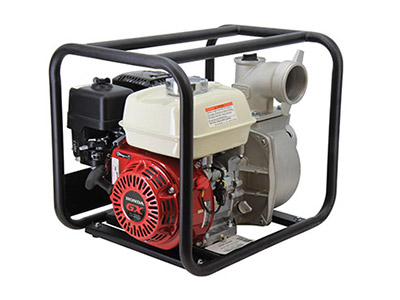coagulation and flocculation
Coagulation and Flocculation Essential Processes in Water Treatment
Coagulation and flocculation are critical processes in water treatment, played a vital role in ensuring the clarity and safety of potable water supplies. These methods remove suspended particles and colloids from water, which can be responsible for various water quality issues, including turbidity, color, and foul odors. Understanding the mechanics behind these processes can illuminate their significance in both industrial and municipal water treatment facilities.
Understanding the Chemistry
Coagulation begins with the addition of coagulants—chemical agents that destabilize the charged particles suspended in water. Common coagulants include aluminum sulfate (alum), ferric chloride, and polyaluminum chloride. These substances work by neutralizing the electrostatic charges that keep suspended particles apart. When the charges are neutralized, the particles begin to clump together, forming larger aggregates known as flocs.
The subsequent step, flocculation, involves the gentle mixing of the water to encourage these flocs to grow larger through a series of collisions and agglomerations. This is achieved through mechanical means such as mixing paddles or slow-moving agitators, which promote optimal conditions for floc formation without breaking up the larger floc particles.
The Process Steps
1. Coagulant Addition At the onset of treatment, coagulants are added to the raw water. The dosage must be carefully controlled depending on the type and amount of contaminants present. For instance, higher levels of turbidity may require an increased quantity of coagulants.
2. Rapid Mixing After the coagulant is added, rapid mixing occurs to ensure the coagulant is evenly distributed throughout the water. This promotes initial particle aggregation.
3. Flocculation Following rapid mixing, the water is subjected to slow mixing, usually in a flocculation basin. During this phase, the floc particles collide and form larger aggregates, which can settle more easily and be removed from the water.
4. Sedimentation Once flocs have formed, the water moves to a sedimentation basin where gravity plays its role. The larger flocs sink to the bottom, forming sediment, while the clarified water moves on to further treatment processes.
coagulation and flocculation

5. Filtration After sedimentation, the resultant water may undergo filtration to remove any remaining solids and contaminants, ensuring that the final product is safe for consumption.
Environmental Significance
Coagulation and flocculation are not only crucial for producing clean drinking water but also play a significant role in wastewater treatment. The removal of particulates, nutrients, and microbes from wastewater through these methods helps mitigate environmental pollution, protecting aquatic ecosystems and maintaining water quality in natural bodies of water.
Moreover, these processes help facilitate compliance with environmental regulations concerning discharge limits for treated effluents. The efficiency of coagulation and flocculation can significantly influence the overall performance of water treatment plants.
Challenges and Innovations
Despite the effectiveness of coagulation and flocculation, certain challenges persist. Factors such as variations in water quality, temperature, and the presence of toxic substances can affect the performance of coagulants. Additionally, the disposal of sludge—a byproduct of the sedimentation process—poses environmental concerns.
Recent advancements in technology, including the use of advanced coagulant formulations, optimized mixing techniques, and real-time monitoring systems, aim to enhance the efficiency and sustainability of these processes. Furthermore, research into natural coagulants, such as plant-based materials, presents promising alternatives that could reduce chemical use and the resulting environmental impact.
Conclusion
In conclusion, coagulation and flocculation are indispensable processes in modern water treatment, playing a pivotal role in providing safe and clean water. As global water demand continues to rise and concerns over water quality persist, continuous advancements in these treatment processes will be vital in addressing both current and future challenges in water management. By improving these fundamental techniques, we can ensure the sustainability of water resources for generations to come.
-
Water Treatment with Flocculant Water TreatmentNewsJun.12,2025
-
Polymaleic AnhydrideNewsJun.12,2025
-
Polyaspartic AcidNewsJun.12,2025
-
Enhance Industrial Processes with IsothiazolinonesNewsJun.12,2025
-
Enhance Industrial Processes with PBTCA SolutionsNewsJun.12,2025
-
Dodecyldimethylbenzylammonium Chloride SolutionsNewsJun.12,2025





